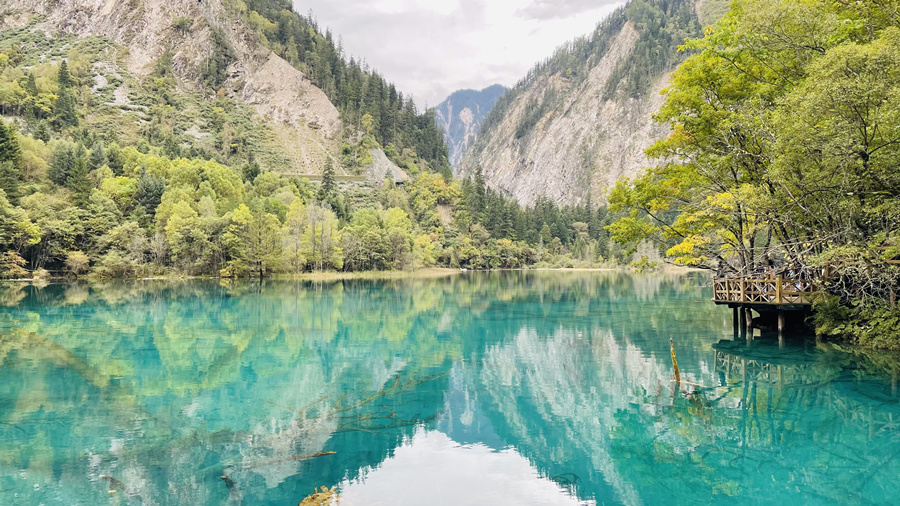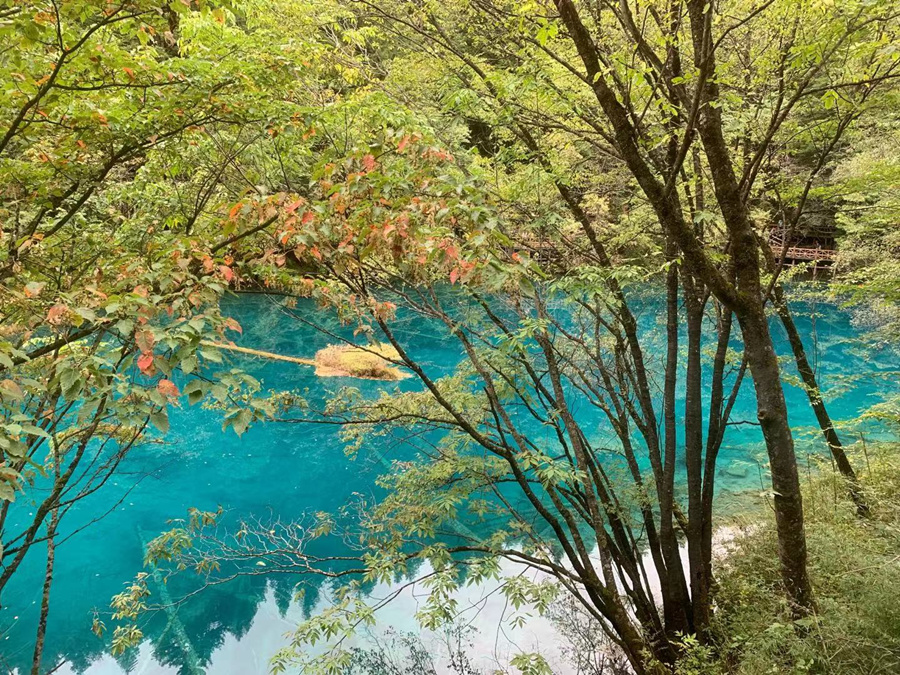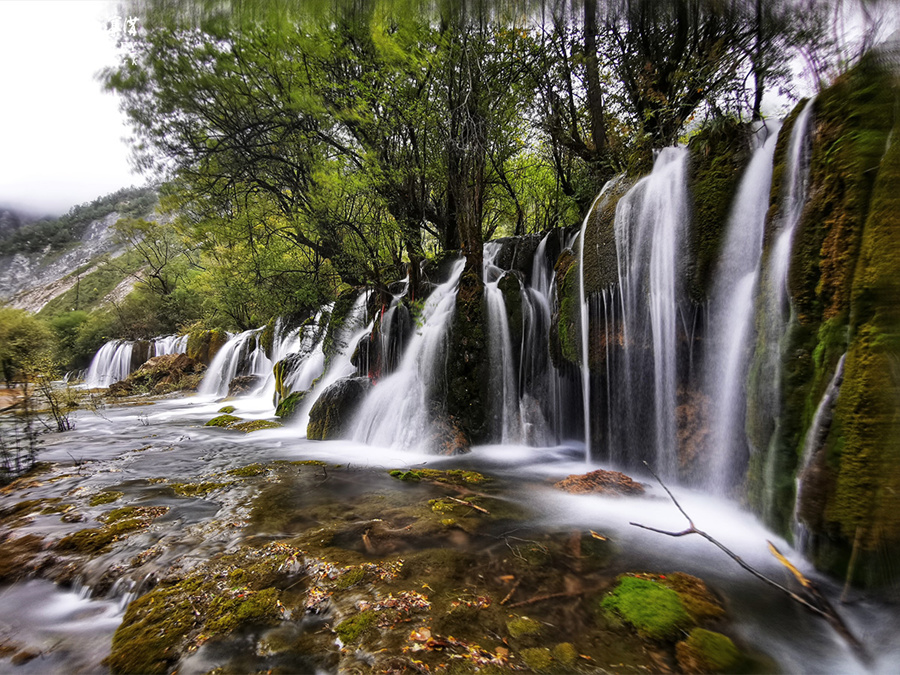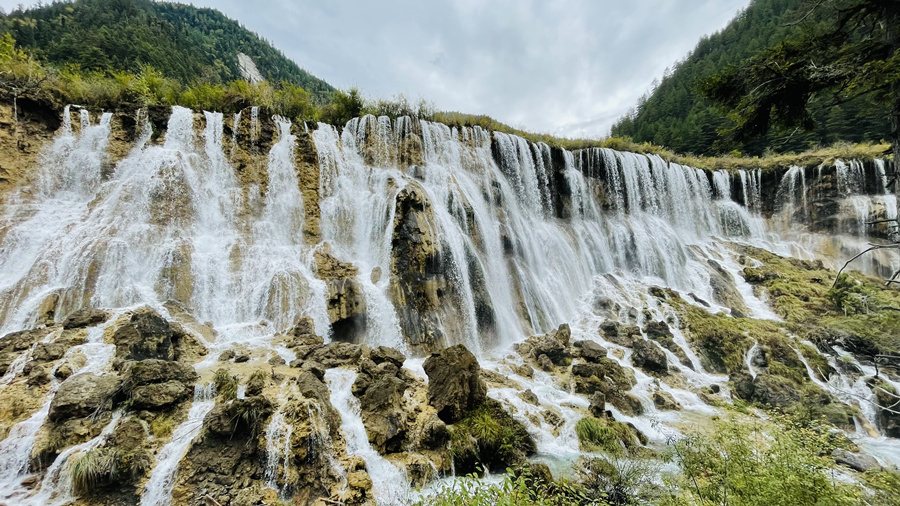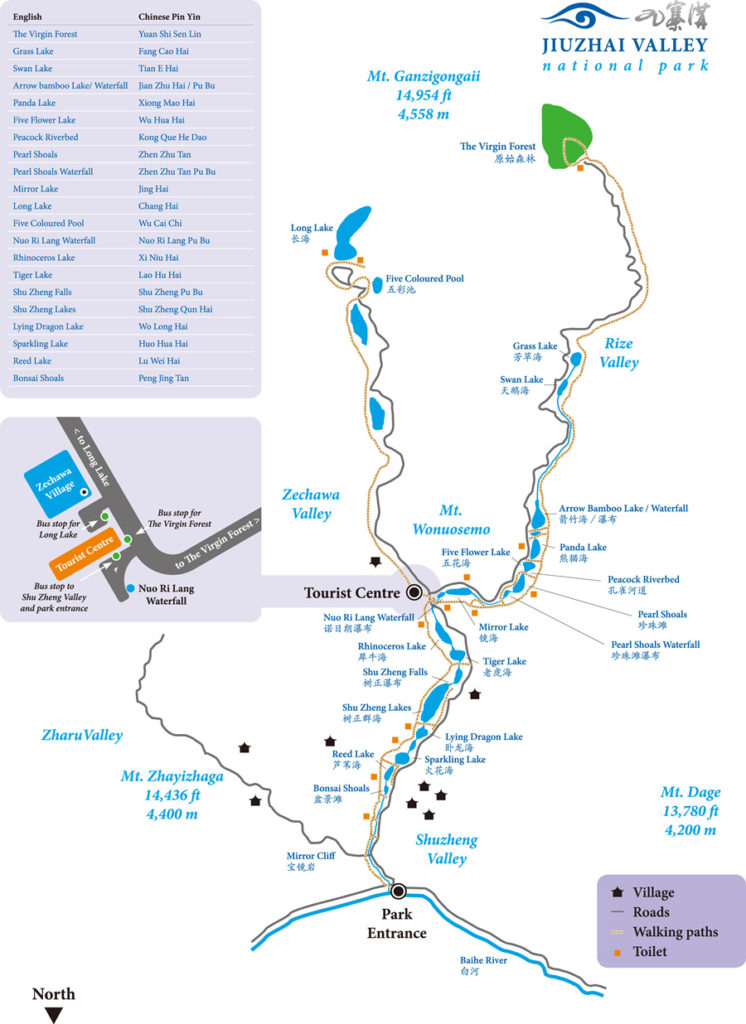四川乐山大佛总是黑鼻 专家会诊 民众却吁:放下吧
中央社 | 台北
02/05/2022
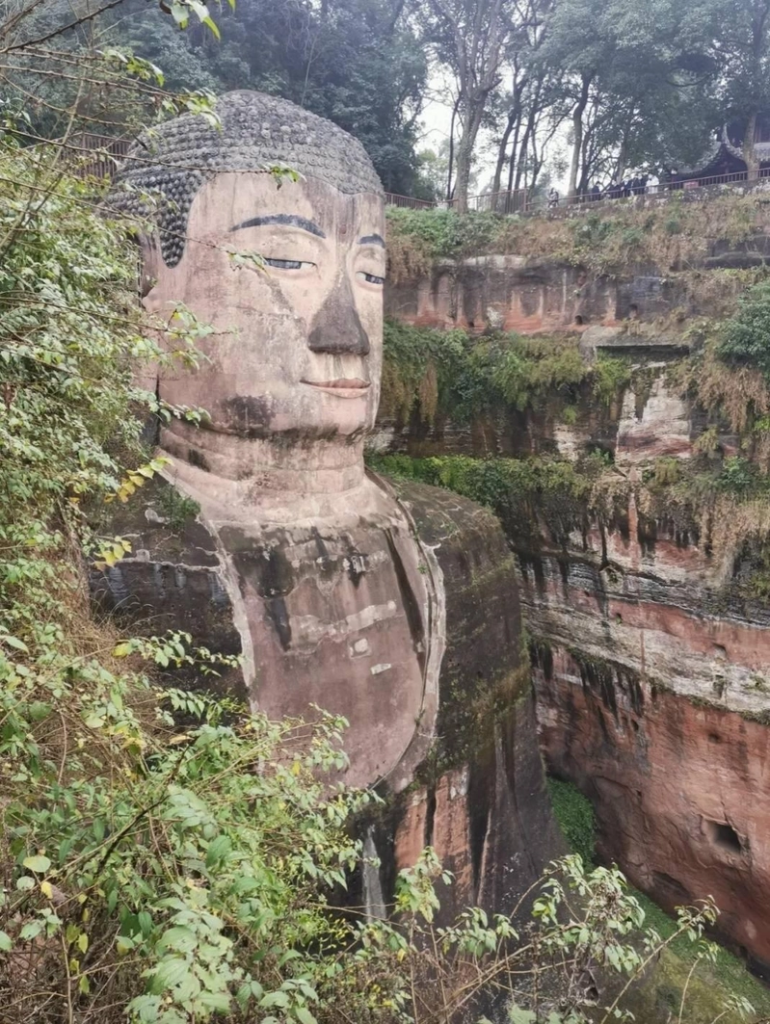
四川乐山大佛因为无法根治的渗水问题,频频启动修复,每隔几年就鼻部渗水发黑的大佛让专家伤透脑筋,但民众却相对「佛系」,有网友劝专家「随它去」。
综合新华社、中国新闻周刊报导,乐山大佛是世界现存最大的石刻坐佛,通高70多公尺,距今已有1000多年历史,巨大的佛像开凿在大渡河、青衣江和岷江三江汇流处的红色山岩体上。然而,红砂岩山体易受风化病害,有的岩体表面明显泥沙化,用手指轻轻一蹭便可能脱落。
虽然乐山大佛2019年已完成整修,但没多久时间,大佛的鼻部又因渗水发黑。
2019年4月,乐山大佛结束了200多天的修复,但这份光鲜没持续多久,几个月后,黑斑再度出现在大佛的脸颊。到2021年12月21日,从岷江河畔远眺,枕着绿树的大佛与皴石融为一体,只有鼻子是「黑三角」,微生物组成的黑斑爬满脸颊,蔓延至全身。
报导说,「鼻黑」、「脸花」已经是乐山大佛面容的常态。在过去几十年中,历经数次粉刷的大佛,脸部抹灰多达6、7层。四川盆地氤氲的水气,入侵修缮层的细孔,成了微生物的乐园。
1月8日,四川省文物局组织、多名专家参加的石窟保护座谈会在四川乐山市召开,乐山大佛景区党工委书记左小林表示,距离上一次大规模修缮完成还不到3年,大佛就已「脸花鼻黑」、「流泪」、「长草」、「开裂」等。
他说,由于气候潮湿、雨水多、依存岩体性质等因素,长期以来乐山大佛的水害、生物病害、风化病害、修复层开裂剥落等问题相当严重。
报导说,多名专家来自中国文化遗产研究院、敦煌研究院、四川省文物考古研究院等单位,他们在现场勘查后一致认为,乐山大佛存在多种病害,最主要的病根在水患。
1914年以来,乐山大佛先后进行了7次较大规模的表面修复,但都没有从根源解决问题。
此外,大佛修复的时间愈久,对依赖旅游的当地也是极大的压力。2018年,乐山大佛风景名胜区全年接待游客410.12万人次,门票收入2.96亿人民币,在全中国石窟寺景点中居于前列。
而在乐山大佛大整修的2019年,景区门票收入比2018年减少7000万。报导引述景区相关人士表示,大佛经过那次维修后,景区人员收入甚至受到了影响,「加班费和绩效奖金都变少了」。
乐山大佛的修复处处难关,中国民众却没有专家这般忧心。有网友「佛系」回应称:「它本来就应该『脸花鼻黑』,为什么一定要美化修饰它呢?」、「不如随它去,佛学的精义,难道不是放下」。
【图集】震后“补妆” 九寨沟景区全域重开
10/02/2021
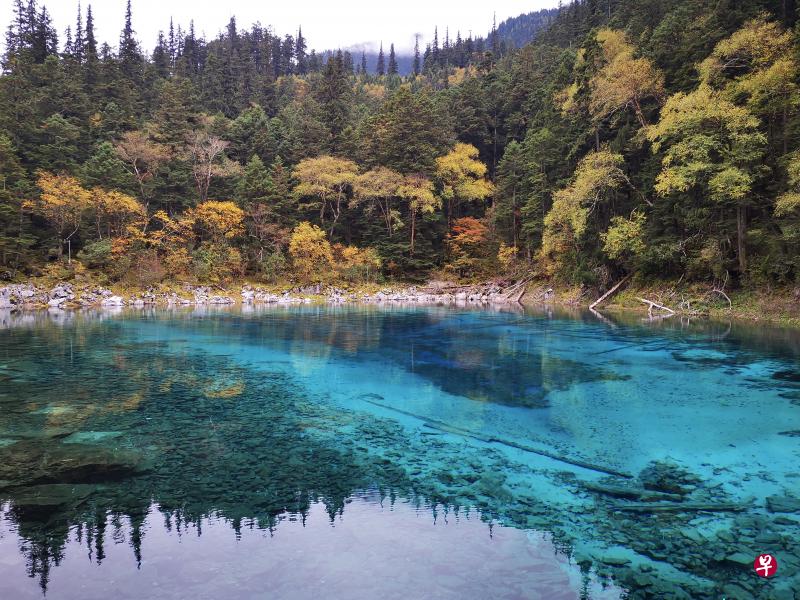
中国四川省九寨沟县2017年8月8日发生7.0级地震,诺日朗瀑布、火花海、熊猫海等多个九寨沟景区著名景点遭到破坏。
据澎湃新闻报道,2019年底,经过两年重建,九寨沟景区恢复至震前85%开放面积。
9月28日,九寨沟景区全域解封,多个景点在震后首次面对游客。
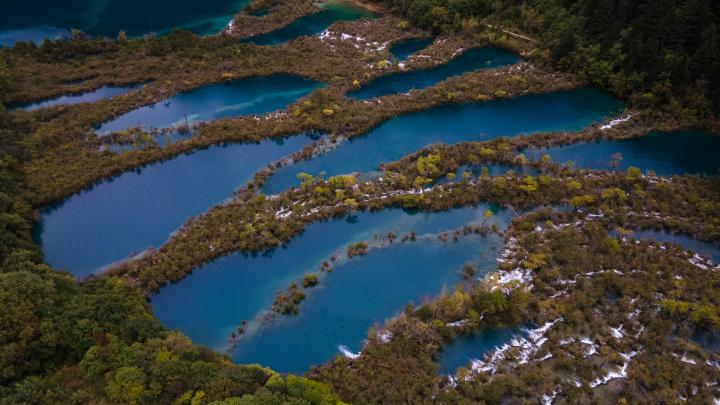


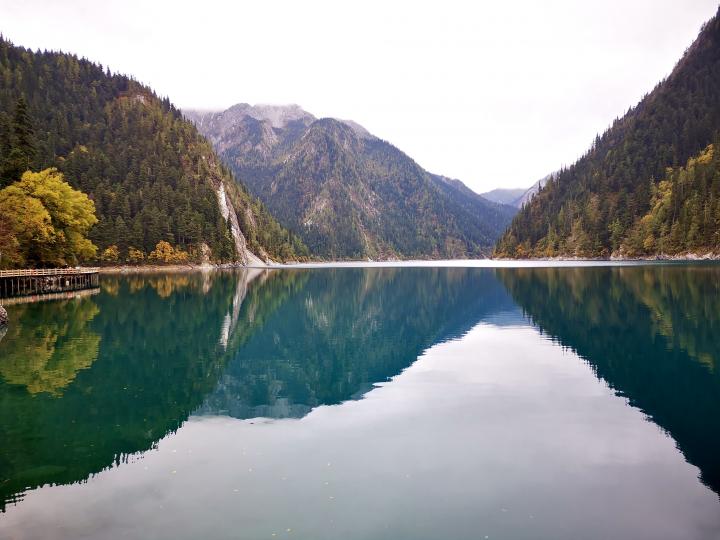
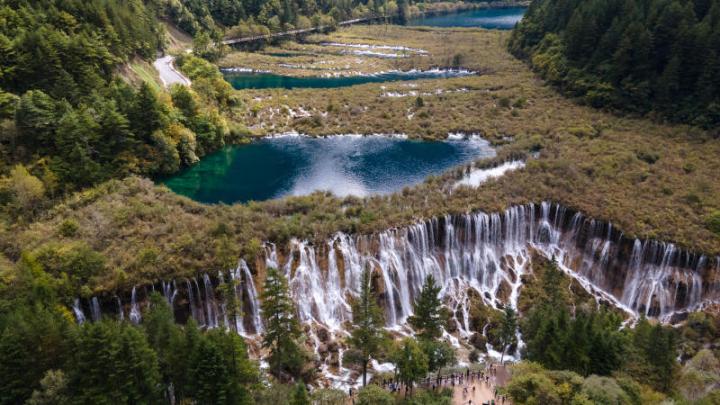
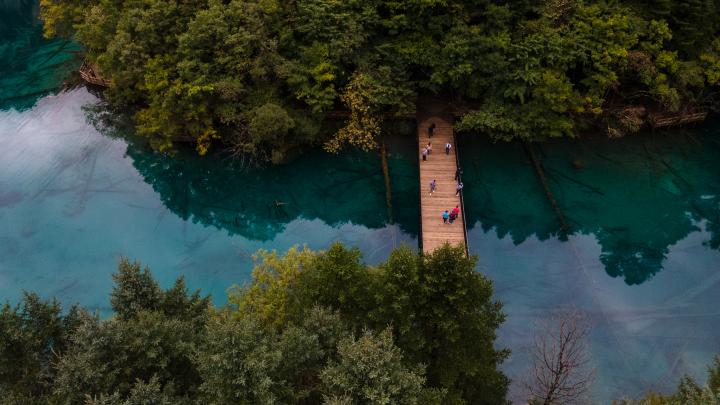

Nov 27, 2015
九寨沟风景名胜区 梯田般的丛林与波光粼粼的湖水相映成趣。湖水与瀑布,错落有致,层层相连。在众多形态各异的湖泊中,有一汪风姿独具的湖水。它的名字叫五彩池。五彩池的湖水呈现出神奇瑰丽的孔雀蓝色。 这里,每坐山峰都是常年白雪皑皑、银装素裹。山谷,像一条玉带拦腰斩断了两侧的山峰。而山谷的底部就是美丽神奇的九寨沟。在这里,可以看到许多珍希动植物。憨态可掬的大熊猫,就像是这大自然的真正的主人。在这里,人类与自然和谐共处。
Jiuzhaigou fully reopens to visitors after earthquake
By Bi Nan | chinadaily.com.cn
10/02/2021
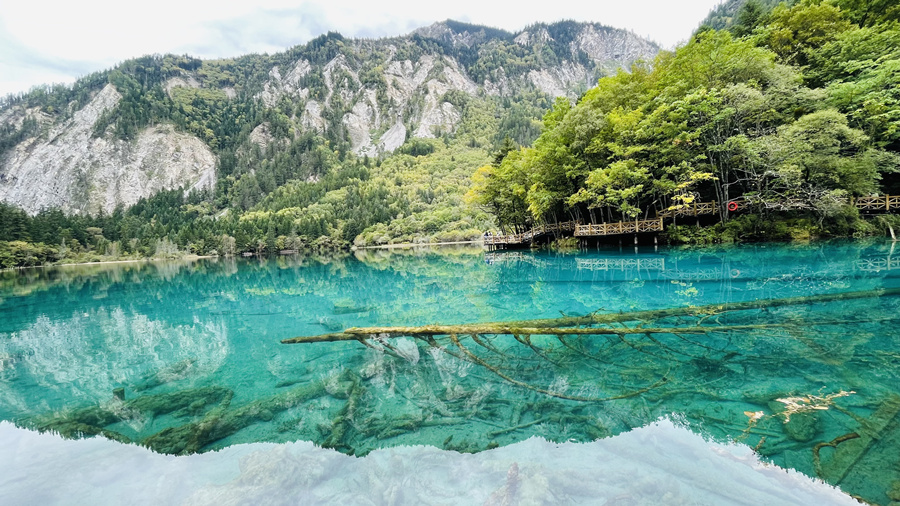
Jiuzhaigou National Park in Southwest China’s Sichuan province fully reopened to visitors yesterday after the completion of post-earthquake restoration and reconstruction.
The park’s name, which means “Nine Village Valley”, is derived from the nine Tibetan villages there. It is located in Jiuzhaigou county of the Aba Tibetan and Qiang autonomous prefecture in Sichuan province. The scenic area is best known for its fabled blue and green lakes, spectacular waterfalls, karst land forms and its unique wildlife. It was listed as a UNESCO world heritage site in 1992.
The park is also home to 3,634 species of plants and animals, including giant pandas and golden snub-nosed monkeys, winning the reputation of an “earthly paradise”.
The national park covers an area of 720 square kilometers and ranges in elevation from 1,996 to 4,764 meters above sea level.
On Aug 8, 2017, a massive 7.0-magnitude earthquake struck Jiuzhaigou county, and the scenic area was closed due to damage. After continuous reconstruction and natural recovery, the park gradually reopened to visitors starting in March 2018.
Now, after four years of recovery, the tourist destination has regained its former glamor. Tourism support facilities have also been improved to better provide services to tourists.
Aug 8, 2021
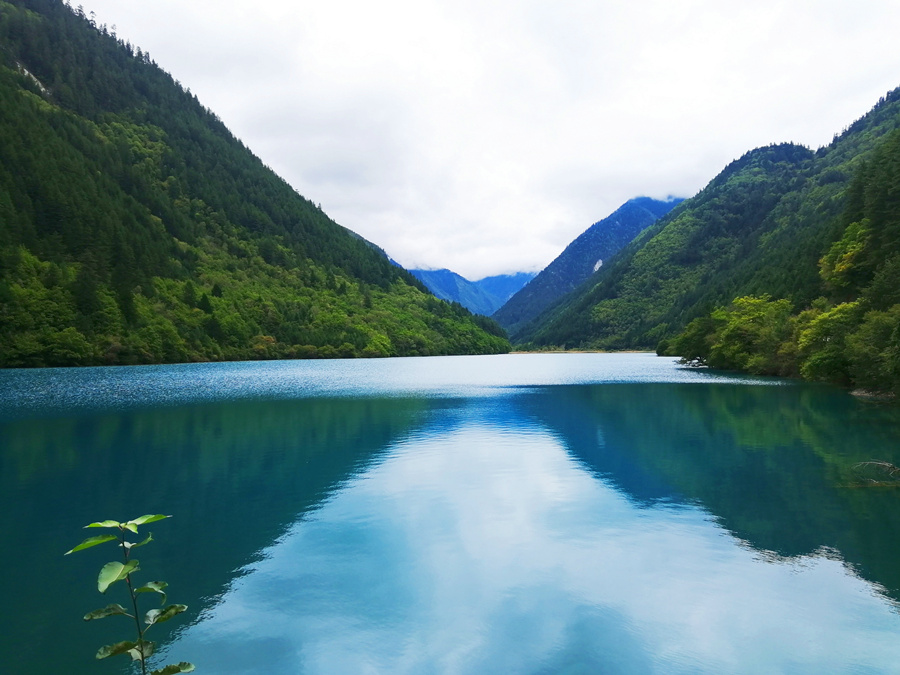
The latest areas to be reopened are above Five Flower Lake, including scenic spots such as Panda Lake, Arrow Bamboo Lake and Waterfall, Swan Lake, Grass Lake, as well as the Virgin Forest.
Now the scenic spot has a maximum of 41,000 visitors per day. Tourists have to book tickets online at least one day in advance through the website www.abatour.com.
Recently, Jiuzhaigou county has been trying to provide a more diversified tourism experience for visitors, such as the staging of musical and dance dramas themed on intangible cultural heritage and ethnic cultures, launch of modern commercial complexes and cultural creative spaces.
According to chinanews.com, the opening ceremony of the 7th China (Sichuan) International Tourism Investment Conference and Ceremony for the Full Reopening of Jiuzhaigou Valley was held on Tuesday, bringing in 263 key investment projects on culture and tourism for the province, amounting to 490.4 billion yuan ($75.8 billion).
